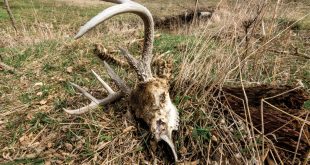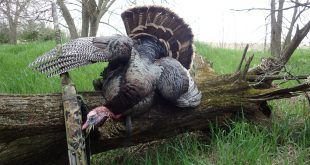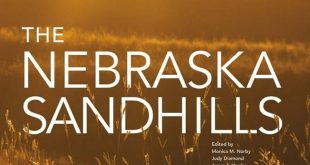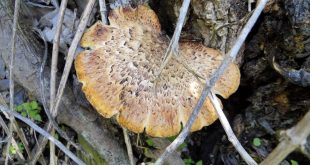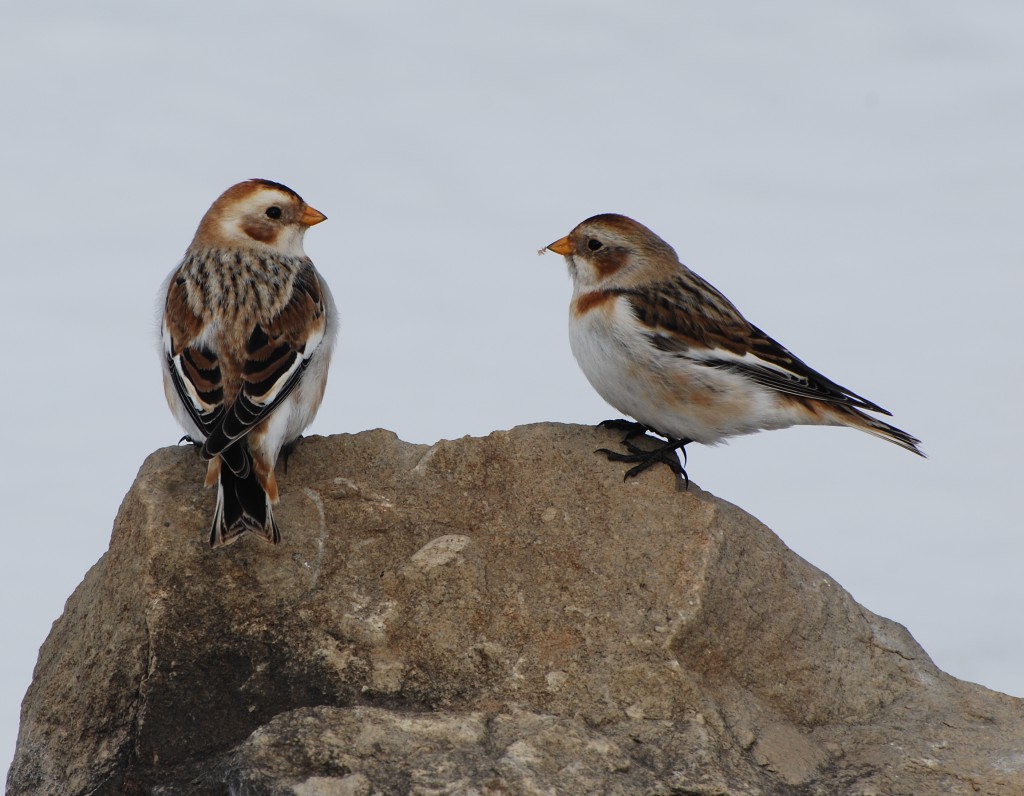
I, like many other dedicated birders, will be out in the elements this upcoming Saturday searching for birds as Christmas Bird Count (CBCs) season kick off. CBCs are several things: serious birding, volunteerism, a little bit of socializing, a dash of competition, citizen science and just getting outside during a season when it can be a little too easy to find excuses not to venture out. CBCs were initiated in 1900 by Frank Chapman as an alternative to Christmas side hunts. The tradition caught on and now there are more than 2,300 CBCs held in the U.S. and other countries, according to the Audubon Society.
Based on some quick research, the first Nebraska CBC was in Lincoln in 1908. That first count, and several subsequent CBCs, were modest efforts. It was not until the late 1940s that the Lincoln CBC was held annually and perhaps it took a couple more decades for the Lincoln CBC to hit its stride. The 2013 Lincoln CBC will be held on Saturday, December 14. The rules of a CBC are straightforward. CBC participants count all the birds they see in a 15-mile diameter circle during one full day. CBCs are organized by a compiler who assigns individuals or teams specific areas to cover. The compiler also tallies the results. Some hardcore folks may count birds from sunrise to sunset. Other participants may simply stay home and keep track of what comes to their feeders.
There is always a goal of breaking a record or finding something that causes a stir. CBC’ers are always trying to record more species during the current count than in years past. There can also be a little friendly competition between counts to record the most species. There is also always the hope of finding surprises, such rarities that would have otherwise gone undetected if not for the CBC sending people to areas they might not normally go. The Lake McConaughy CBC is usually the state’s top dog when it comes to most species. That CBC tends to tally more than 100 species each year, which is remarkable for a bird count that takes place during winter and so far north! It is also a good CBC for rarities, but rarities can show up anywhere.
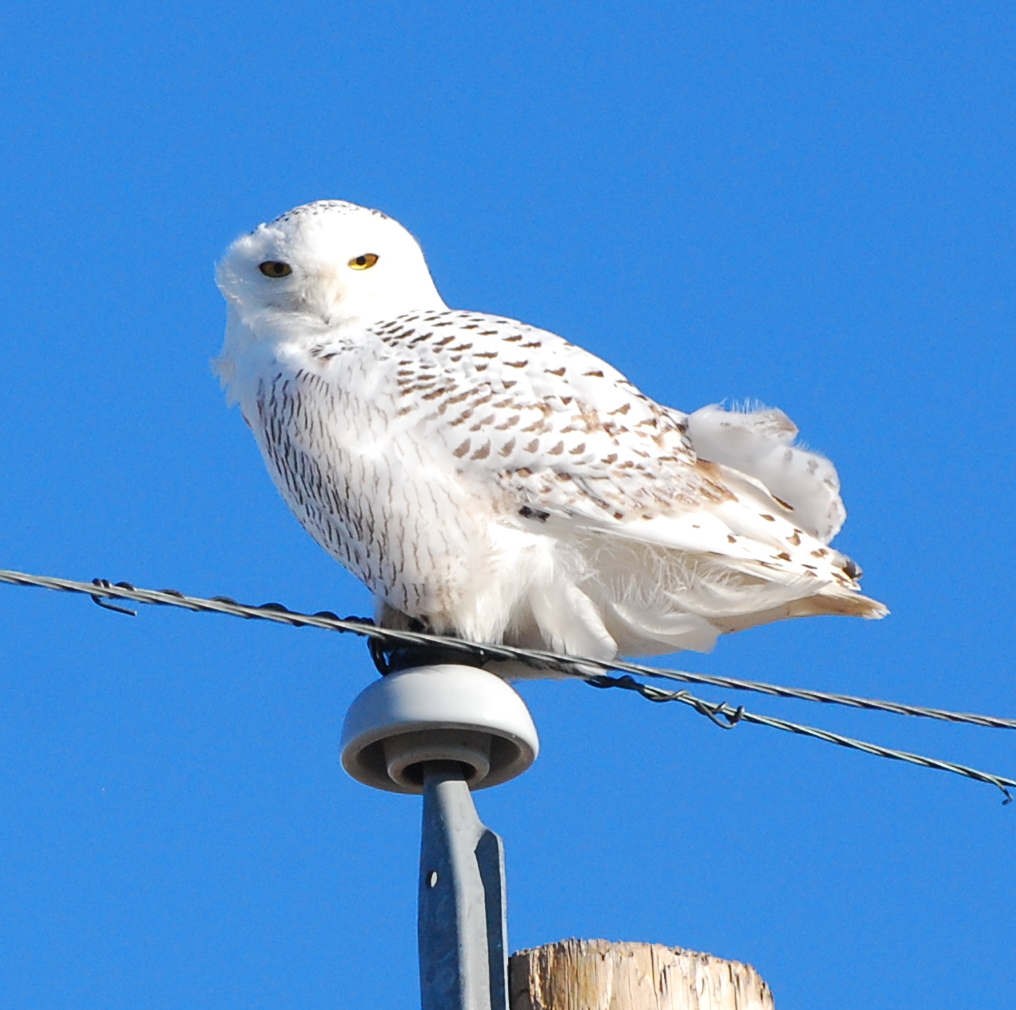
Short term goals and aspirations, such as breaking records and finding rarities, are fun, but data collected from CBCs are also valuable. Even though CBC data have limitations (for that matter, all data have limitations), it does provide information about trends and changes in distribution of certain species. For example, Canada Geese are now common in Lincoln during winter. Has this always been the case? Probably not, but when did Canada Geese become numerous during winter? A quick look at the numbers (see the graphic, below) shows that Canada Geese really were not recorded in any numbers until the late 1980s. They were scarce before then. Frankly, I would have guessed that trend began much earlier (although, having been a young punk in Blair, Nebraska, during this period, I did not have much basis for my guess). The passage of time can blur our memories.
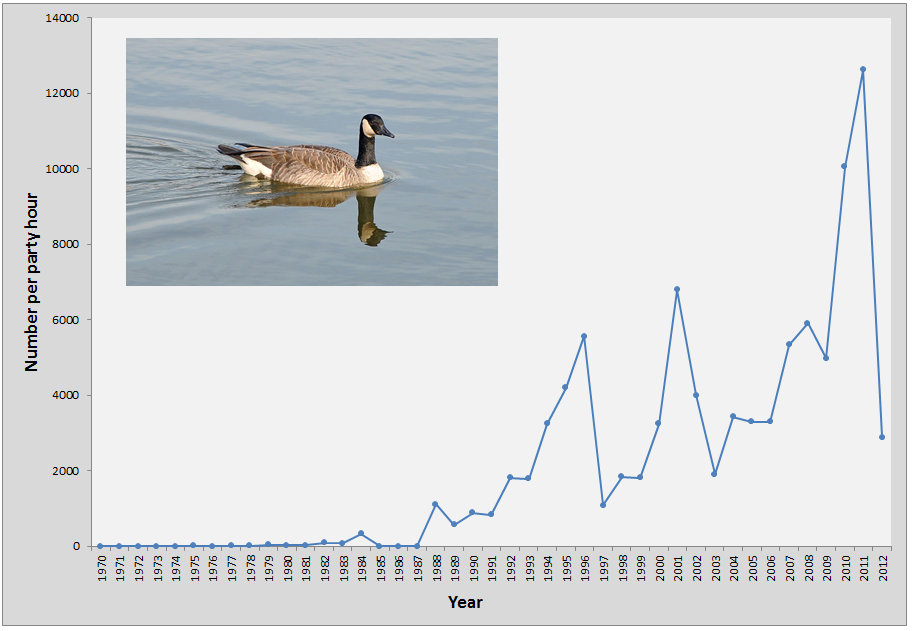
The Eurasian Collared-Dove is another nice example. When did this species make its presence known in the state?

Eurasian Collared-Doves were first recorded in Nebraska in 1997. CBC data suggest that Eurasian Collared-Doves really did not increase in numbers until after 2003, as shown by graph, above. Again, these data have important limitations. Eurasian Collared-Doves may have become numerous in certain locales earlier than 2004. Nevertheless, these example show the value of CBC data.
There you have it–CBCs are a holiday tradition like no other. At least thirteen CBCs will be held in Nebraska this season. Information for those counts can be found here, at the Nebraska Ornithologists’ Union website. If you are interested in participating in any of them, contact the specific CBC compiler. The more the merrier.
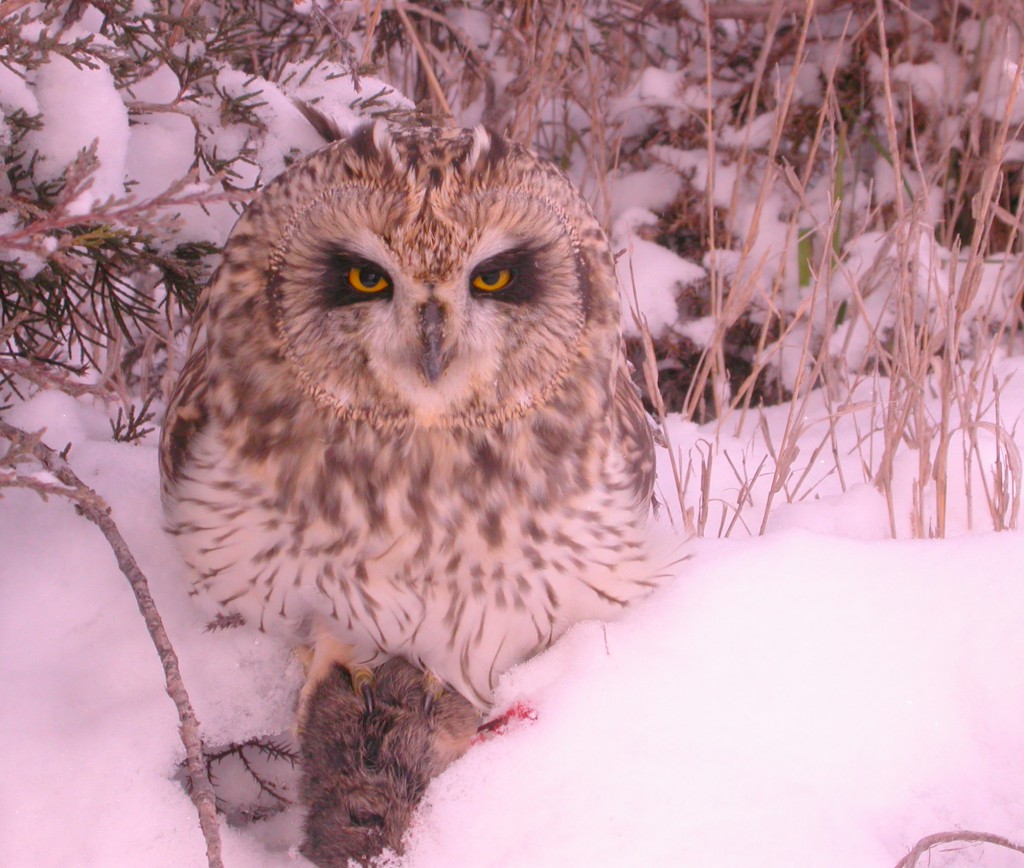
 Nebraskaland Magazine
Nebraskaland Magazine
